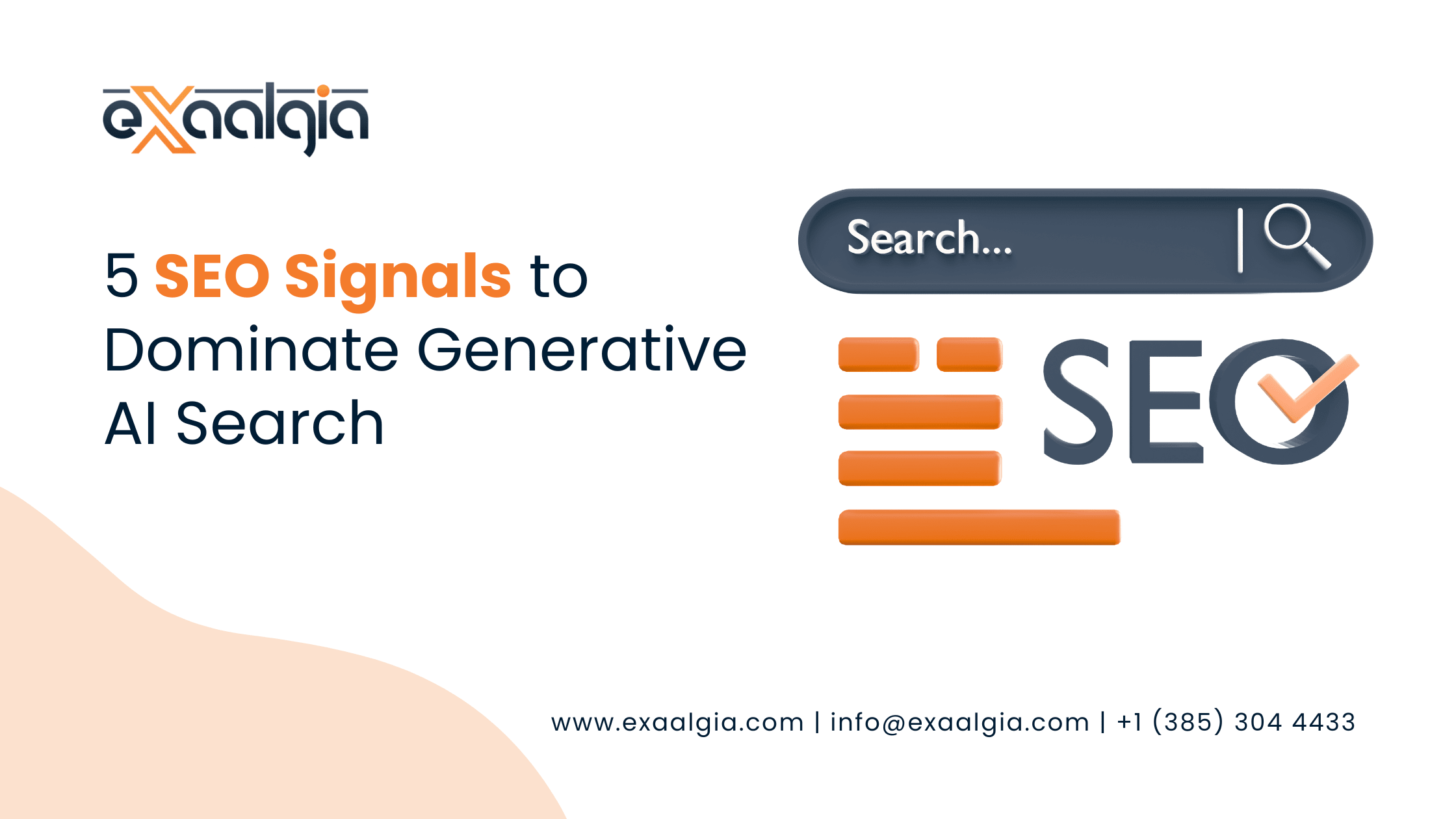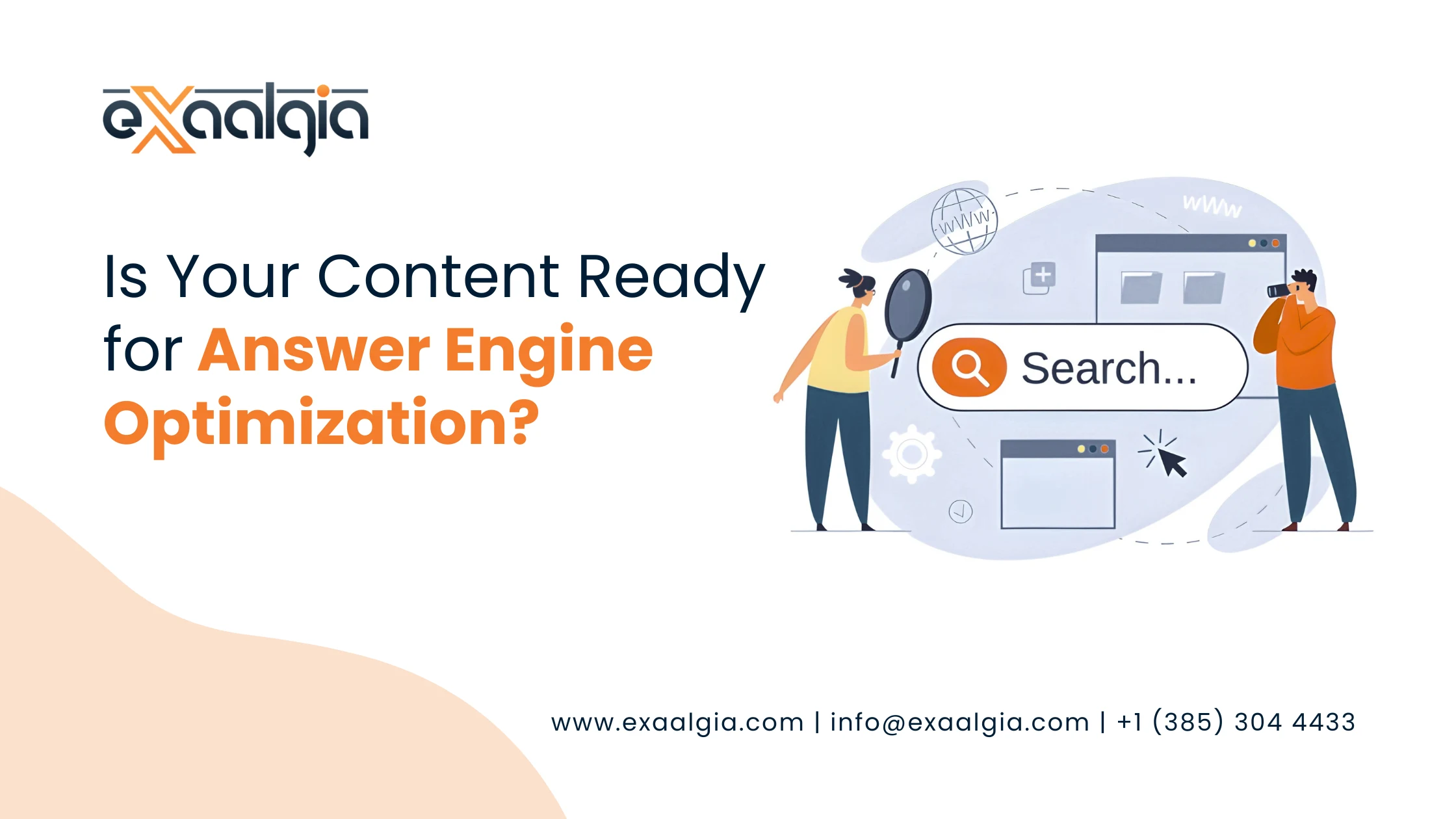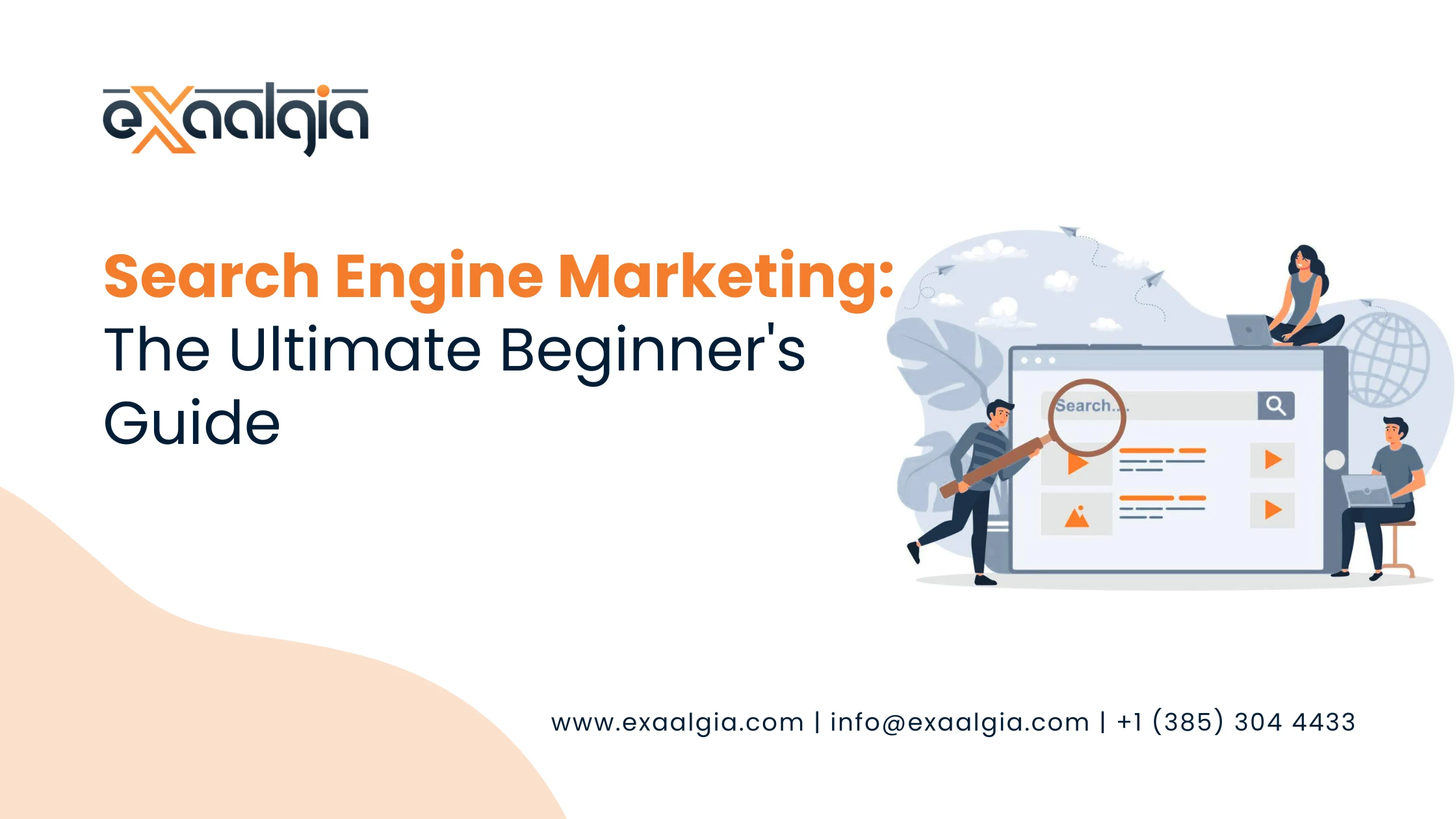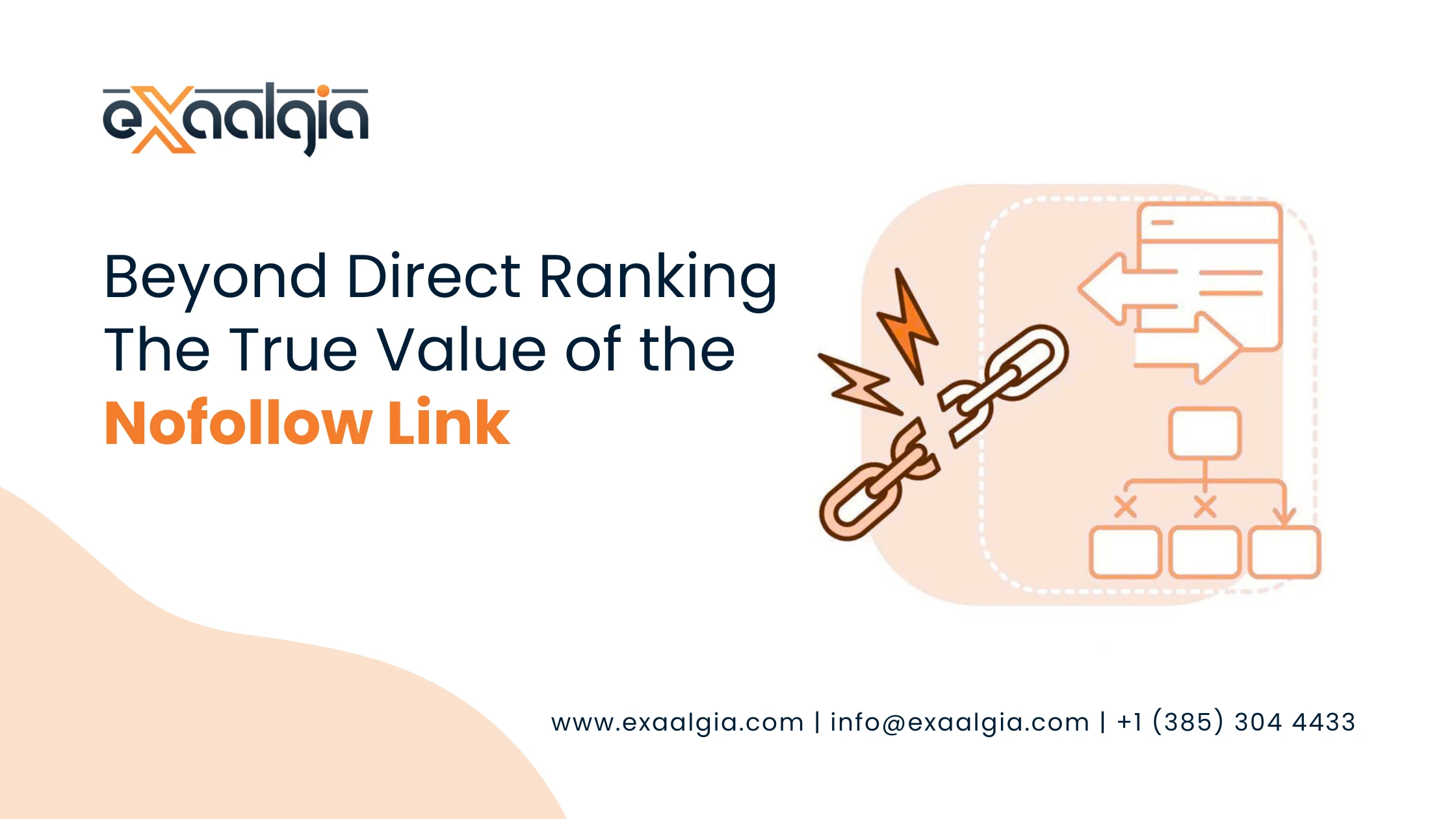This shift means the SEO signals that matter most are evolving. Search engines are no longer just matching keywords, they are seeking to understand concepts, verify facts, and synthesize comprehensive, trustworthy answers that satisfy complex, conversational queries.
As leading digital marketing strategists, we’ve identified a new hierarchy of ranking factors. This post cuts through the noise to reveal the top 5 must know SEO signals that will define your website’s success and ensure you capture visibility, not just from the traditional SERPs, but directly within AI-generated responses.
Signal 1: Deep Semantic Comprehension & Topical Authority
In the AI search world, mere keyword presence is obsolete. AI systems need to understand the complete semantic context of your content to trust it as a source for a generative summary.
1.1. Moving Beyond Keywords to Entities
- The Change: Search engines now prioritize “entity-based SEO.” An entity is a real world thing or concept (a person, place, organization, or abstract idea) that is uniquely identifiable.
- AI Preference: AI models prefer content that links related entities and concepts clearly. If your website discusses “solar energy,” it must accurately and richly link related entities like “photovoltaic cells,” “grid tie,” and “net metering.” This proves topical depth.
- Actionable Signal: Structure your content around clearly defined subtopics (using H2s and H3s) that fully cover the parent topic. Use structured data (Schema) to explicitly define the entities your content is discussing.
1.2. Establishing True Topical Authority
- The Signal: Topical authority is achieved when your website is seen by AI as the definitive source for a cluster of related topics, not just one keyword.
- AI Impact: Generative AI relies on foundational knowledge. If your website provides comprehensive, interconnected content on an entire subject cluster (e.g., all aspects of “sustainable farming”), it is highly likely to be cited or synthesized by the AI, significantly boosting visibility.
- The Depth Factor: AI favors long-form, highly detailed content that leaves no stone unturned, as this allows the model to extract and verify multiple data points for its summary.
Signal 2: E-E-A-T Amplification (Trust and Verifiability)
AI models are trained to prioritize trustworthiness. With the rise of synthetic content, the need for verifiable human expertise (E-E-A-T: Experience, Expertise, Authoritativeness, and Trustworthiness) is amplified.
2.1. Demonstrating Experience and Authorship
- The Change: AI search scrutinizes who is writing the content. “Experience” (the first E) is now a critical signal. Content must prove hands on knowledge.
- Actionable Signal: Ensure every piece of content has a detailed, verifiable author bio that clearly outlines the author’s credentials, professional experience, and relevant qualifications. Use author schema to connect the content to the author’s identity and social proof.
- Sourcing: Use first party data, case studies, original research, and unique imagery to signal true experience that AI cannot easily replicate from public sources.
2.2. Transparency and Verification
- The Signal: For AI to safely use your content in a summary, it must be easily verifiable.
- Best Practice: Include clear citations and references to external, high authority academic or institutional sources. For factual claims, ensure sources are linked. This transparency provides the AI with confidence in your data, making your site a preferred source.
- Trust: A robust HTTPS security protocol and clear privacy policies remain foundational trust signals, preventing the AI from flagging your site as potentially insecure.
Signal 3: Structured Data and Data Cleanliness
Generative AI doesn’t just read prose, it needs organized, machine readable data to quickly and accurately form its summaries. Structured data (Schema Markup) is the ultimate signal for rapid AI consumption.
3.1. Schema as the AI Language
- The Change: Schema is no longer just for rich snippets, it’s the language AI uses to understand your content’s purpose and entities.
- Actionable Signal: Go beyond basic article schema. Implement highly specific schema types: HowTo, FAQPage, Product, Review, and especially factcheck schema. This explicitly tells the AI what data points can be extracted.
- Consistency: Ensure your on-page text, title tags, and structured data are perfectly consistent. Any discrepancy sends a mixed signal, causing the AI to skip your content due to uncertainty.
3.2. Data Quality and API Accessibility
- The Signal: AI thrives on clean, structured data feeds. If your data is well organized (e.g., product specs in clean tables, recipes in step-by-step lists), it is easier for the AI to ingest and represent.
- The Future: As AI search integrates more real time data, having easily accessible data feeds (via well documented APIs) could become a powerful new visibility signal for dynamic information.
Signal 4: Extreme Page Experience and Speed
The core web vitals (CWV) are foundational, but in the AI age, speed must be extreme. If a search engine is performing multiple complex calculations to generate an answer, it needs source data instantly.
- The Signal: Ultra low latency and maximum stability. The expectation for largest contentful paint (LCP) and Interaction to next paint (INP) is moving towards milliseconds, not seconds.
- Why It Matters to AI: AI often pulls data from multiple sources simultaneously. If your server response time is slow, it slows down the entire generative process, making the AI less likely to rely on your site as a source.
- Actionable Tip: Prioritize server side rendering, employ aggressive caching, and optimize all images and third-party scripts to achieve near instantaneous load times.
Signal 5: Conversational Readiness and FAQ Structure
Generative search is inherently conversational. The content that ranks best must be structured to directly answer the kinds of questions a user would ask an AI assistant.
5.1. Structuring for Conversational Queries
- The Change: Users are typing complex, long-tail, and question based queries into the AI box (e.g., “What are three ethical concerns with AI and how can I fix them?”).
- Actionable Signal: Every content piece should include a robust FAQ section and use subheadings that are phrased as common questions (e.g., “How does X affect Y?” instead of “Effect of X on Y”). This directly feeds the AI with ready made Q&A pairs.
5.2. Clear, Direct Answer Blocks
- The Signal: Content that provides the answer in a clear, single paragraph summary at the beginning of a section or article is ideal for AI extraction. The AI is looking for definitive, concise blocks of text it can use verbatim.
Adapting to the Algorithmic Evolution
AI search transition is a progression, requiring a thorough assessment of quality, relevance, and authority. Not just relying on basic keywords but also going through profound semantic understanding and authentic E-E-A-T are the ways to gain visibility.
Put primary attention on structured data, super fast page loading, and readiness for conversations. Your site will be seen as reliable and an authority by the AI if these top notch signals become your main focus.
Frequently Asked Questions (FAQs)
Q1. What is the process that AI search (SGE) uses in selecting the content for the created summaries?
The Generative AI such as Google’s SGE picks the source content through a strict combination of signals:
- Trustworthiness (E-E-A-T): It gives preference to the content which has a clear author, expert, and verifiable sources.
- Semantic Depth: The content has to fully describe the topic and the related entities thereby arguing its deep topical authority.
- Data Structure: The AI finds it easier to ingest clean and well-structured data (such as Schema markup for facts, steps and Q&A) and synthesize it into a coherent summary.
- Relevance: The content has to provide a direct and clear answer to the user’s specific and conversational query.
Q2. Is Structured Data (Schema) now more important than traditional keyword optimization?
Structured data is becoming equally important as simple keyword optimization or even more in the context of AI search. Keywords are helping the search engine to locate your page, but Schema is assisting the AI in comprehending and abstracting the specific factual data required for its generated summaries. By unambiguously labeling data points (products, prices, steps, FAQs), you are speaking the AI’s language thus making your content a favored source for synthesis.
Q3. What are the distinctions between Topical Authority and Page Authority in AI SEO?
Page Authority (Traditional SEO): Acuteness in measure is brought to a single URL’s strength and reputation which are largely dictated by the quantity and quality of the backlinks directed at that specific page.
Topical Authority (AI SEO): It is mainly the support of the whole website’s competence and thorough knowledge on a topic of its own that gets the AI’s favor in terms of ranking. One of the ways that AI systems ascertain a site’s acceptance as an expert is through its topically oriented coverage that is considered a sign for the whole domain being an expert entity rather than just one high ranking page.
Q4. What are the ways of content optimization for Conversational Readiness?
Are you ready to take part in the conversation with your queries (the detailed questions the users ask AI)? Then format your content like this:
- Using Question Headings: H2 and H3 tags should be phrased like typical user questions, e.g., “What is the optimal LCP for AI search?”.
- Providing Direct Answers: Right after these question headings, a brief, conclusive paragraph (3-4 sentences) that directly answers the question should be placed.
- Implementing FAQ Schema: Use FAQPage Schema to mark up your question and answer pairs and make them readable by machines.
Q5. What is the reason behind the significant Page Speed (Core Web Vitals) being a must-have for AI search visibility?
The AI search system works at lightning speed when it comes to data gathering and processing from many sources to come up with the one answer. Having a very slow site due to high latency (slow server response or loading times) will hinder your site’s presence in the generative process. The AI models are set to prefer the sources that are delivering the data instantly as they are making sure that the end user will have a fast and smooth experience. So, first rate CWV scores, especially LCP and INP, are thus seen as a robust quality signal in the AI ranking model.







